1. Red yucca
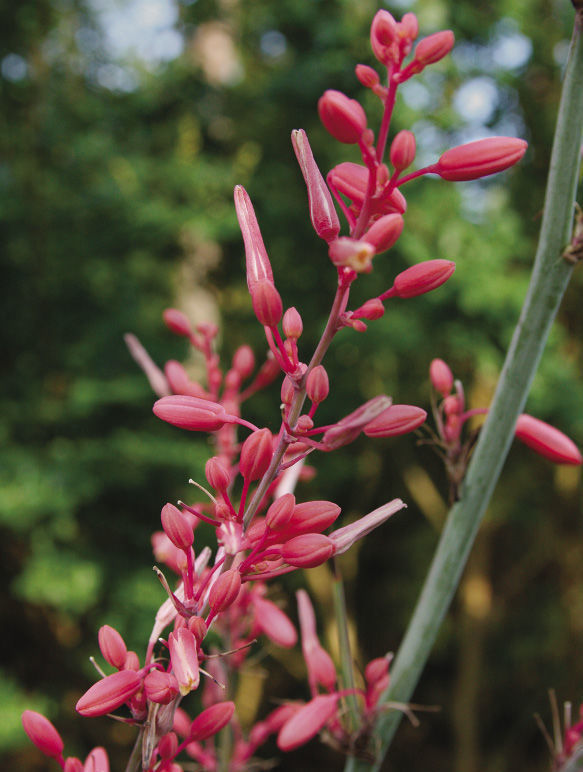
Name: Hesperaloe parviflora and cvs.
USDA Hardiness Zones: 6 to 11
Size: 3 to 4 feet tall and 5 to 6 feet wide
Conditions: Full sun; well-drained, alkaline soil
Red yucca’s succulent, evergreen rosette is handsome, and each leaf is edged with threadlike white hairs called filifers. Surpassing the beauty of the rosette are the flower spikes, which tower 4 to 6 feet above the leaves and attract hummingbirds. The flowers range in color from medium pink to deep red; if you prefer softer colors, there is a yellow-flowering cultivar available called ‘Yellow’.
2. Thunder Cloud™ violet silverleaf
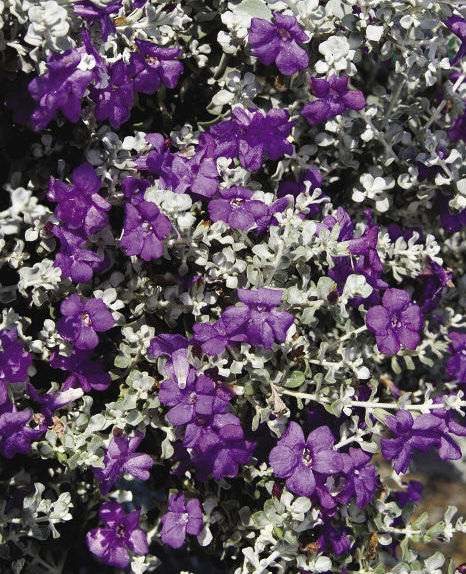
Name: Leucophyllum candidum Thunder Cloud™
Zones: 8 to 11
Size: Up to 3 feet tall and wide
Conditions: Full sun; well-drained soil
Violet silverleaf is a workhorse of a shrub. It looks good year-round, but when the humidity arrives in earnest, this plant puts on a traffic-stopping display of royal purple flowers. For this reason, it is sometimes called the “barometer plant.” Violet silverleaf is known to burst into bloom 10 to 20 days after a summer rain. Avoid mulching around its trunk. Thunder Cloud™ has attractive metallic silver leaves and stays petite.
3. Desert sage
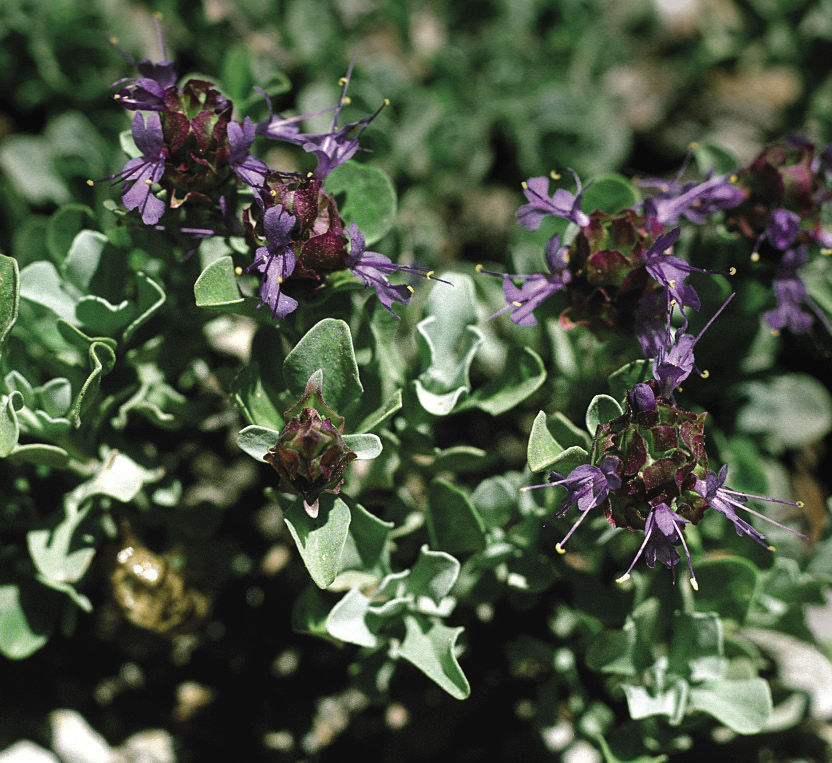
Name: Salvia dorrii
Zones: 6 to 10
Size: 18 to 24 inches tall and 2 feet wide
Conditions: Full sun to partial shade; well-drained soil
Where rabbits are a problem, the aromatic silvery leaves of desert sage will be left untouched. This striking plant will take the hottest, driest situations and still thrive. Desert sage is compact and produces whorls of purple-blue flowers, which attract hummingbirds in spring. It grows well in highly mineralized soils, including rock gardens. Combine it with native grasses, such as blue grama (Bouteloua gracilis, Zones 5–9).
4. Golden dogbane
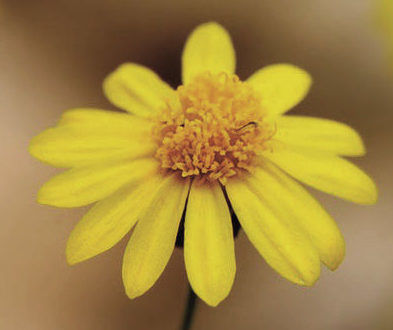
Name: Thymophylla pentachaeta
Zones: 7 to 10
Size: 6 to 8 inches tall and 1 foot wide
Conditions: Full sun; well-drained soil (will bloom longer with some supplemental water)
For a low-growing splash of gold, nothing beats a mass planting of golden dogbane. This scrappy herbaceous perennial has a common name that is certainly a misnomer; it is not the bane of dogs—on the contrary, dogs love it. While its aromatic, piney scent is distasteful to rabbits, canines often roll in it, and butterflies use its nectar as food. Although it is a relatively short-lived plant, it will readily reseed.
—Scott Calhoun is a garden designer in Tucson, Arizona, and is the author of several books, including The Hot Garden.
Photos: (1) Danielle Sherry; (2) courtesy of Monrovia; (3) courtesy of Margaret Williams, USDA-NRCS Plants Database; (4) courtesy of Patrick J. Alexander, USDA-NRCS Plants Database
Fine Gardening Recommended Products

A.M. Leonard Deluxe Soil Knife & Leather Sheath Combo
Fine Gardening receives a commission for items purchased through links on this site, including Amazon Associates and other affiliate advertising programs.


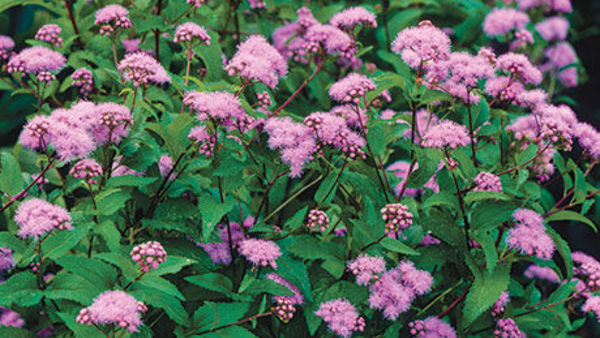















Comments
Log in or create an account to post a comment.
Sign up Log in